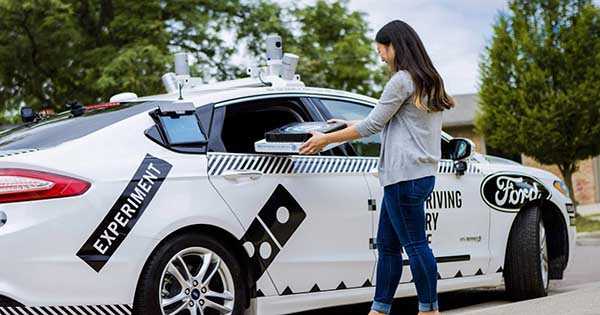Autonomous cars are driving straight toward a safer future. Or at least that is the hope of the car manufacturers. Though the vehicles are autonomous, they still pose a significant potential for risks. While maps are being drawn, technology is increasing, and autonomous vehicles are driving themselves, some safety concerns still need to be managed.

What is an Autonomous Vehicle, and How Does it Work?
Autonomous vehicles are essentially cars that drive themselves. They will likely make the roads safer by eliminating some of the risks that come with humans behind the wheel. While the vehicles are autonomous, they come with a range of levels of autonomy that follows:
- Level 0 provides no autonomy. A human driver is necessary to do all of the driving
- Level 1 requires driver assistance
- Level 2 is for partial driving automation
- Level 3 is considered conditional driving automation
- Level 4 gives the car more control with high driving automation
- Level 5 lets the car take the wheel with no assistance
Sensor Technology to the Rescue
Self-driving vehicles rely on advanced technology to navigate trips safely. These vehicles come equipped with cameras, sensors, and other technology. This helps the cars recognize obstacles, lane and road markings, and the other vehicles they are sharing the road with.
The sensors require regular maintenance and updates, as most electronics necessitate. The hope is that sensor technology can prevent car accidents before they happen.
Cybersecurity Threats
One of the dangers of an autonomous vehicle is that any device connected to the internet can fall victim to hackers. Cybersecurity concerns are great in autonomous vehicles since hackers could possibly control a vehicle outside of their own, causing safety hazards for their passengers and motorists with whom they share the road.
Car companies who are planning to implement autonomous technology must put in place measures that will successfully prevent hacking.
Testing, Analyzing, and Adjusting
Prior to an autonomous vehicle being shared with the public, it must be rigorously tested. There are safety standards they must meet, including their performance in various weather conditions and safety studies.
Policies and Safety Requirements
Autonomous vehicles will be more and more popular in the coming years. To ensure these vehicles are safe and that the drivers, passengers, and other people on the road are safe, policies to enforce stringent safety measures will be overseen by the government.
The policies will address the following:
- Safety standards
- Licensing provisions
- Testing guidelines to ensure they are road safe
Training for Drivers
Even though the car is built to drive itself, purchasing an autonomous vehicle will require the owner to understand how to operate it properly. The cars have limits, and the driver will sometimes need to take over and drive the vehicle if there is an emergency. Understanding when the car needs to be operated manually and how to do that safely is essential to the driver, their passengers, and the other vehicles with which they share the road.
Communication is Always Crucial
Autonomous vehicles must signal the other cars around them of their intentions. This communication should signal turning, braking, changing lanes, and more. There must be engineering that signals traffic to their next moves.
Safety Concerns Must Be Attended To As Autonomous Vehicles Become Mainstream
Autonomous vehicles are the way of the future. They are sure to grow in popularity in the coming years. As they gain traction in the market, it is crucial that they are well-regulated and that there are safety features that keep everyone who comes into contact with them safe and secure.

